Summer heat is increasingly affected by climate change
The high temperatures in Spain in June were exceptional conditions - made five times more likely by the human-caused environmental crisis
This June in Spain was the hottest in history and the extreme temperatures were five times more likely due to climate change caused by human beings.
This is the finding of research that was carried out by Climate Central - an independent group of scientists - through a study called Climate Shift Index (CSI). This index (ranging from -5 to 5) measures how much climate change influences the temperature on any given day.
Negative numbers show that the temperature is less prone to fluctuation due to the effect of climate change. On the other end of the spectrum, a five indicates the conditions are (at least) five times more likely now than in an environment without carbon contamination.
This was Spain's situation at the beginning of June. The darkest spots are found in the south-east of the peninsular:
Sunday 1 June
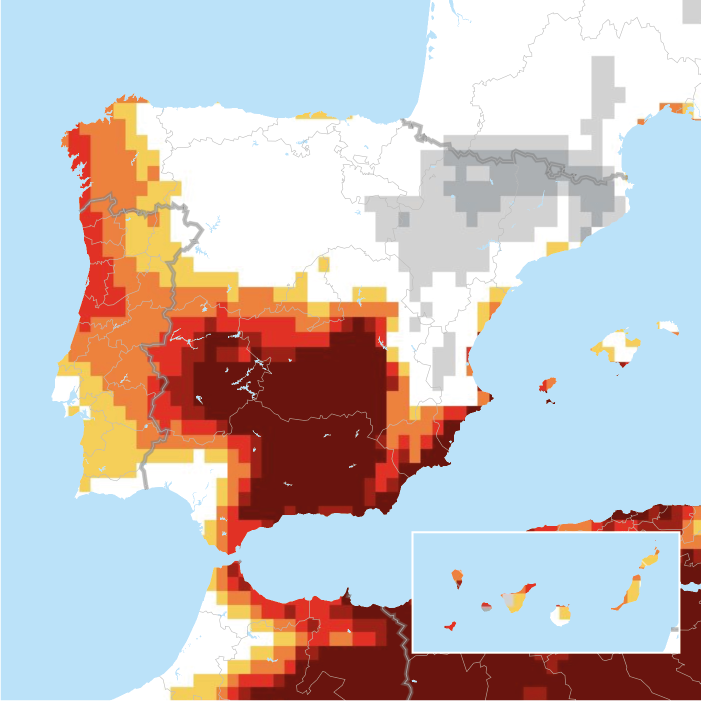
Monday 2 June

Tuesday 3 June

Wednesday 4 June
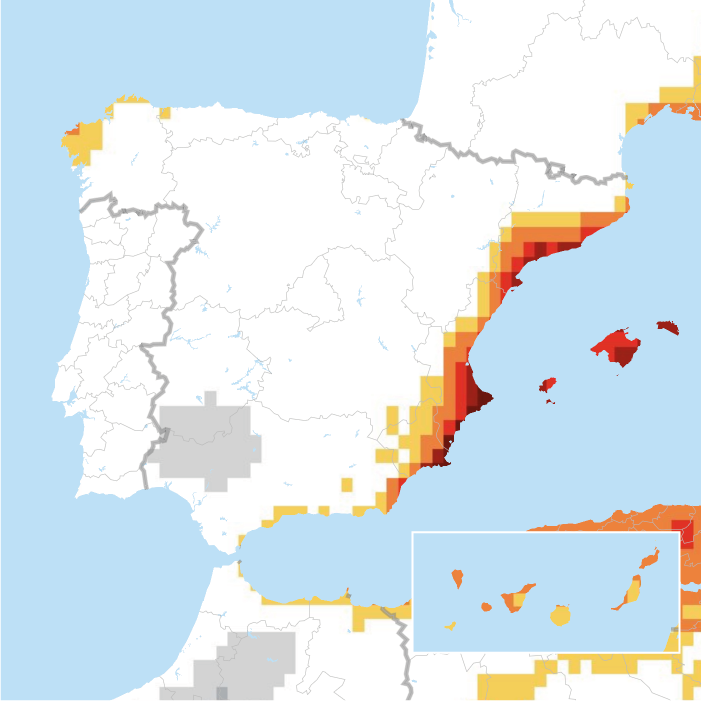
Friday 5 June
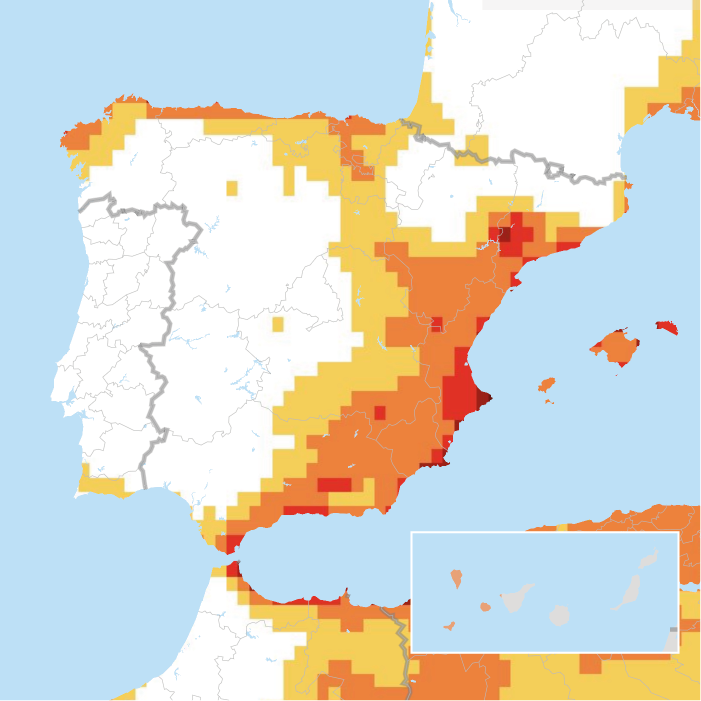
Friday 6 June
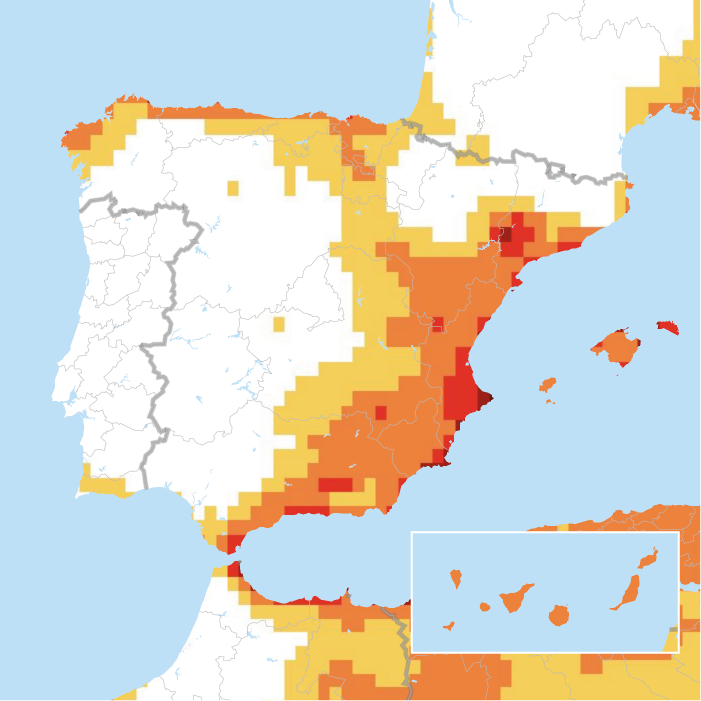
Saturday 7 June

Sunday 8 June
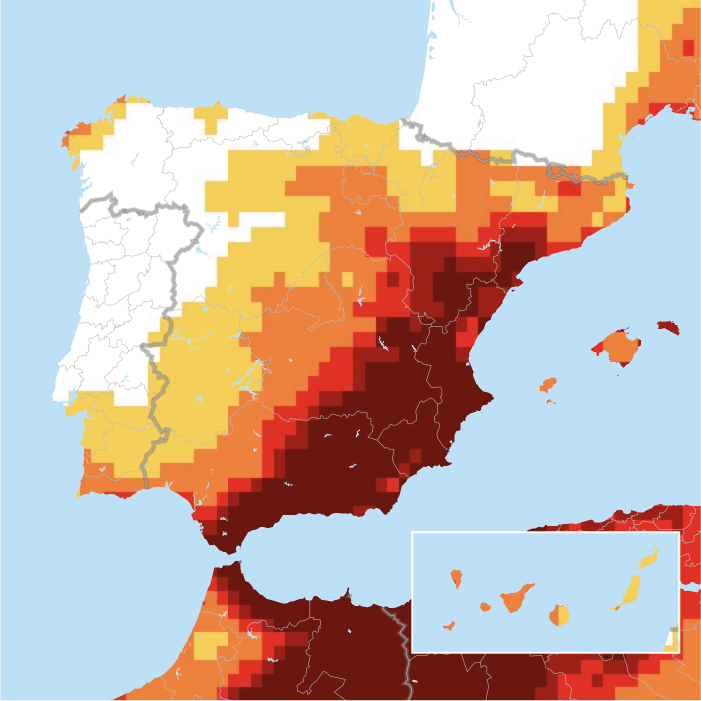
Climate Central's hypothesis says that if there are areas reaching level five on the index, it would be extremely unlikely for the temperature to be that high without the impact of climate change (although it's not impossible). The forecast saw half of Spain at level five in mid-June:
Monday 9 June
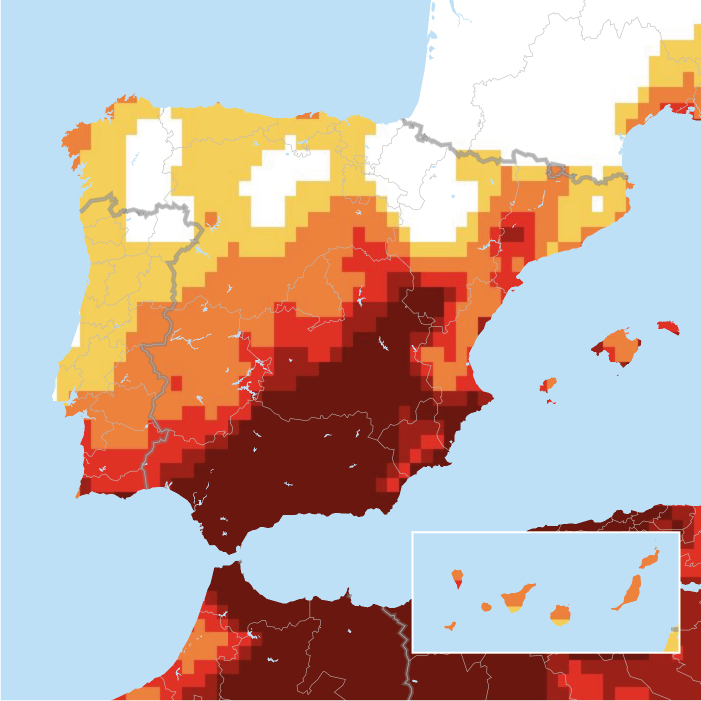
Tuesday 10 June

Wednesday 11 June
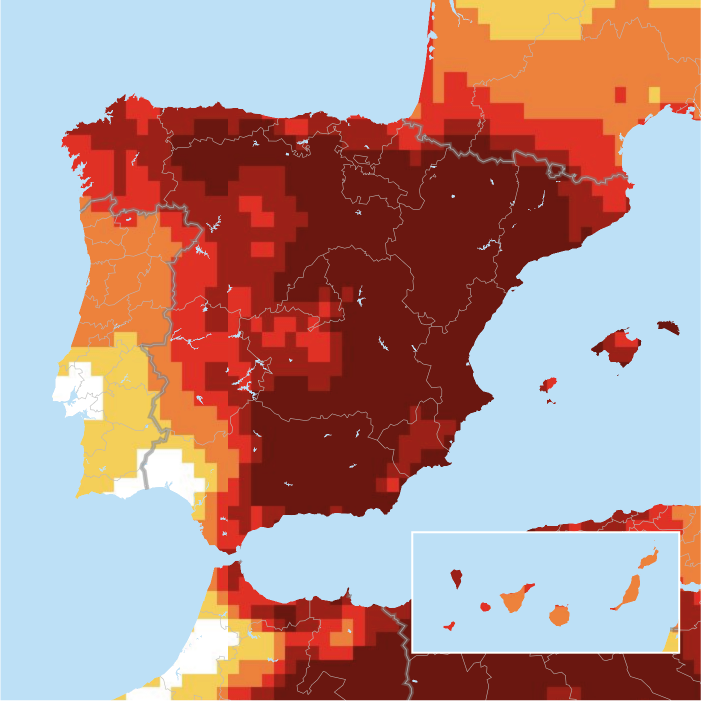
Thursday 12 June
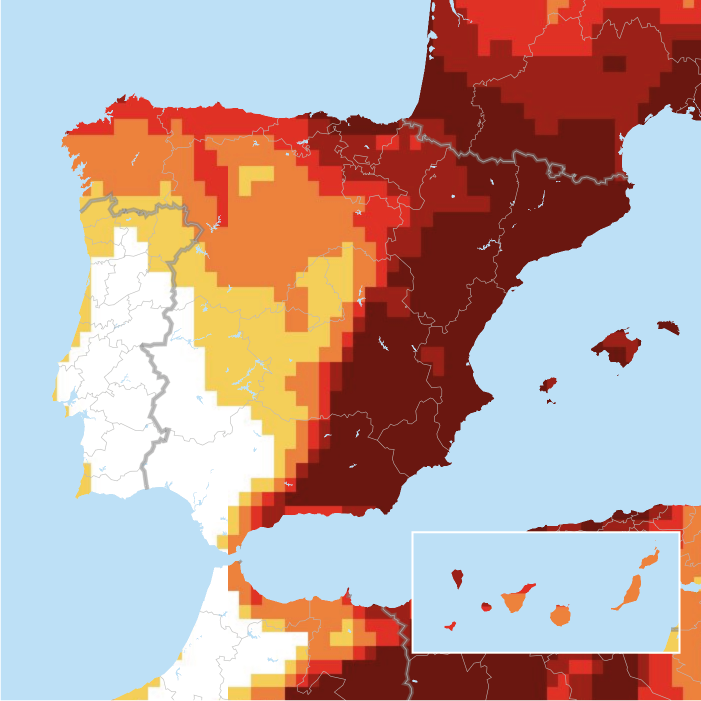
Friday 13 June
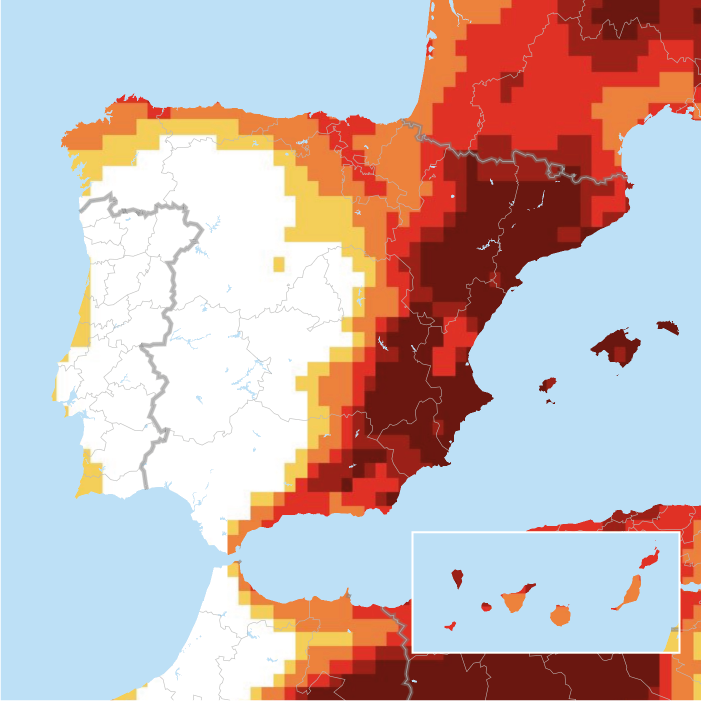
Saturday 14 June
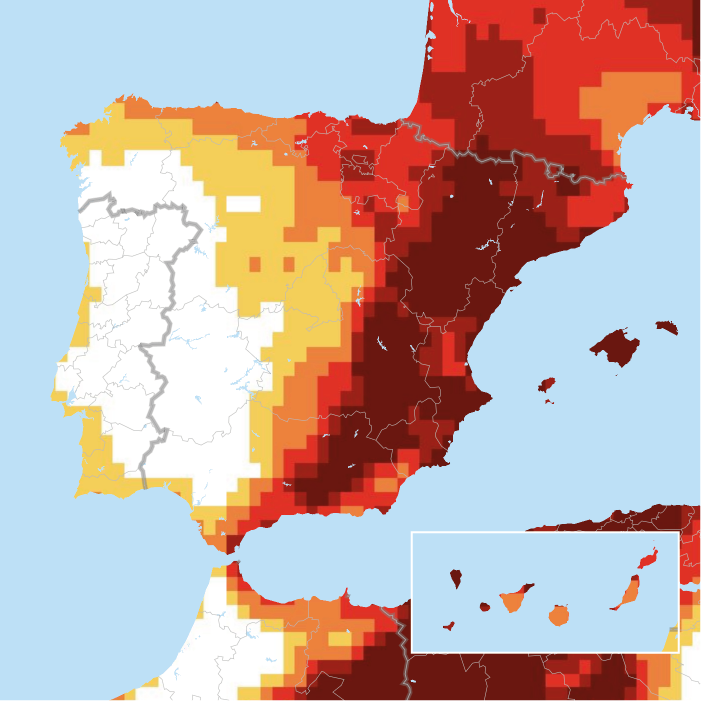
Sunday 15 June
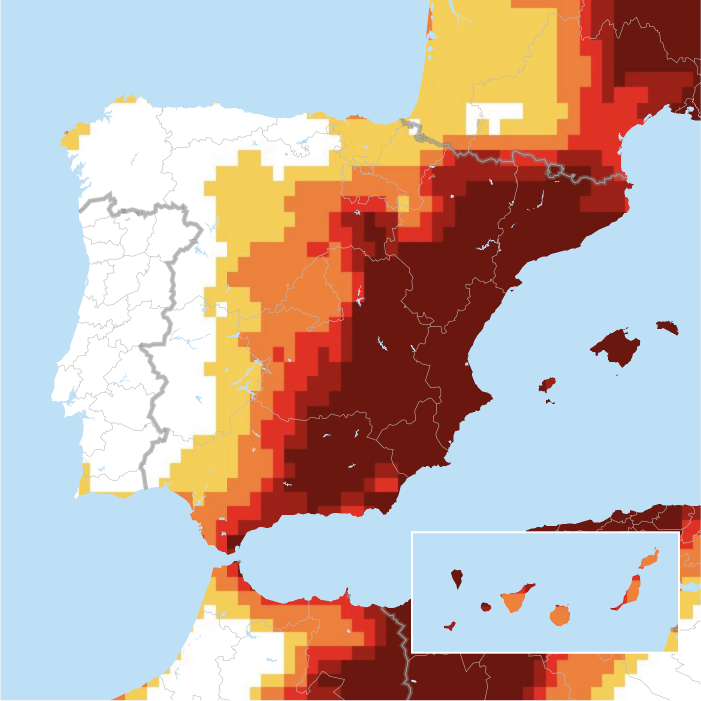
The following week didn't see any improvements and the research group wrote a warning about intense heat that would be "scorching Spain". They forecasted temperatures 6 to 8ºC above the 1991-2020 average. By then, Aemet had issued amber alerts for the heat between 17 and 22 June. Around 94% of the population (approximately 45.2 million people), according to Climate Central's report, experienced the level five anomaly in that week.
Monday 16 June
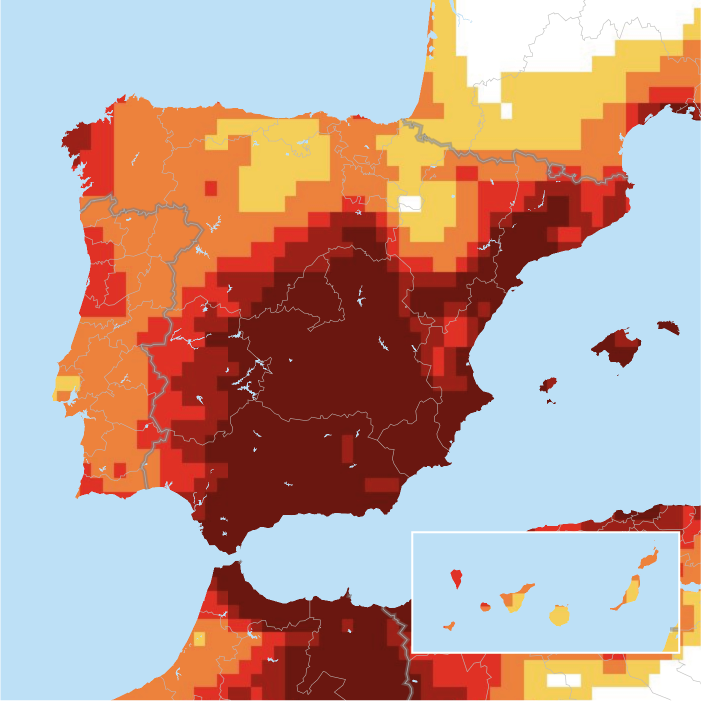
Tuesday 17 June
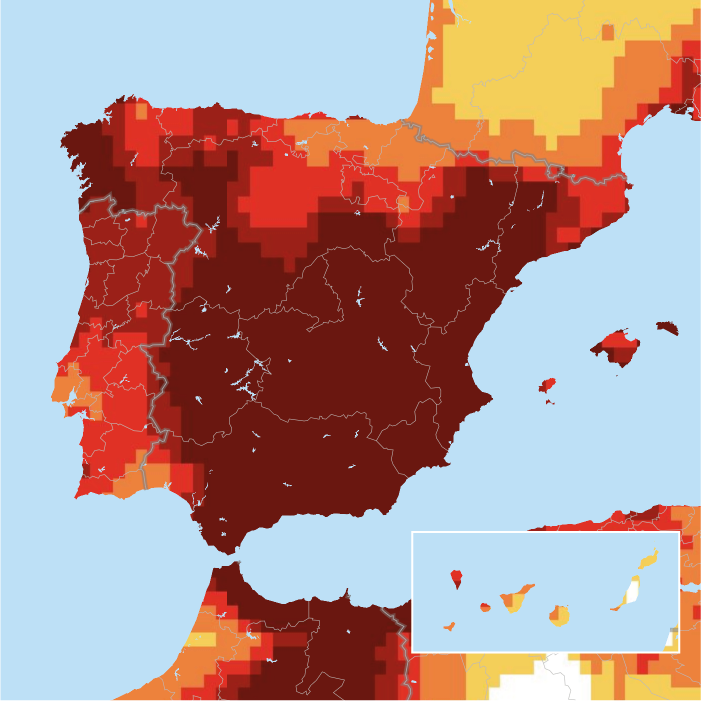
Wednesday 18 June
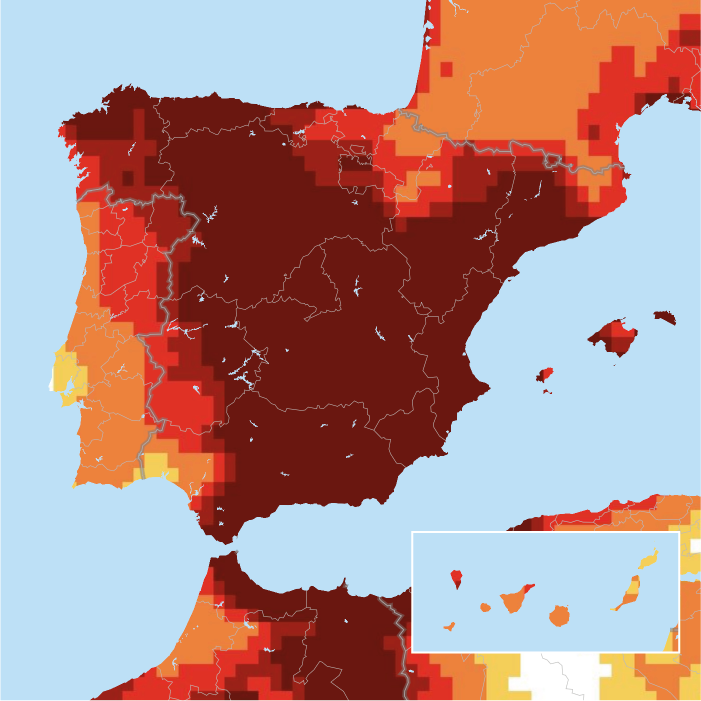
Thursday 19 June
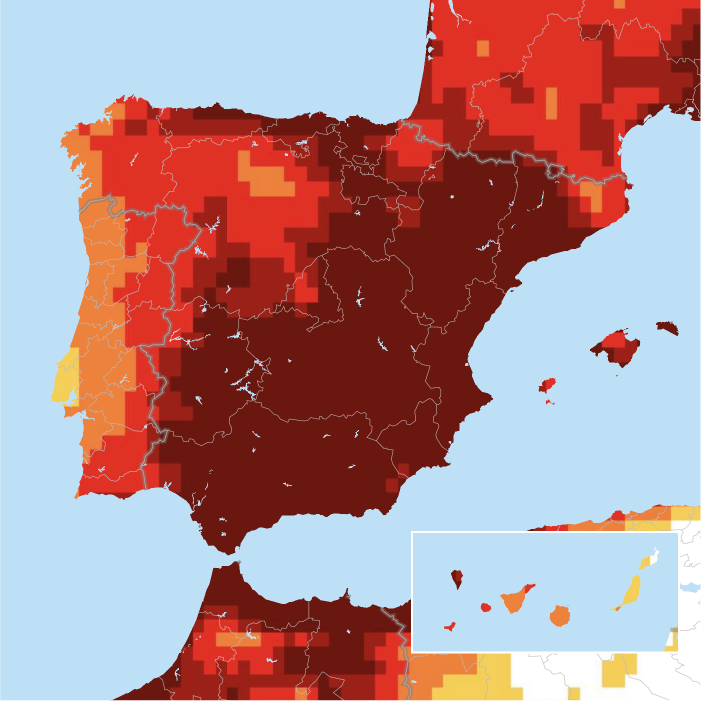
Friday 20 June
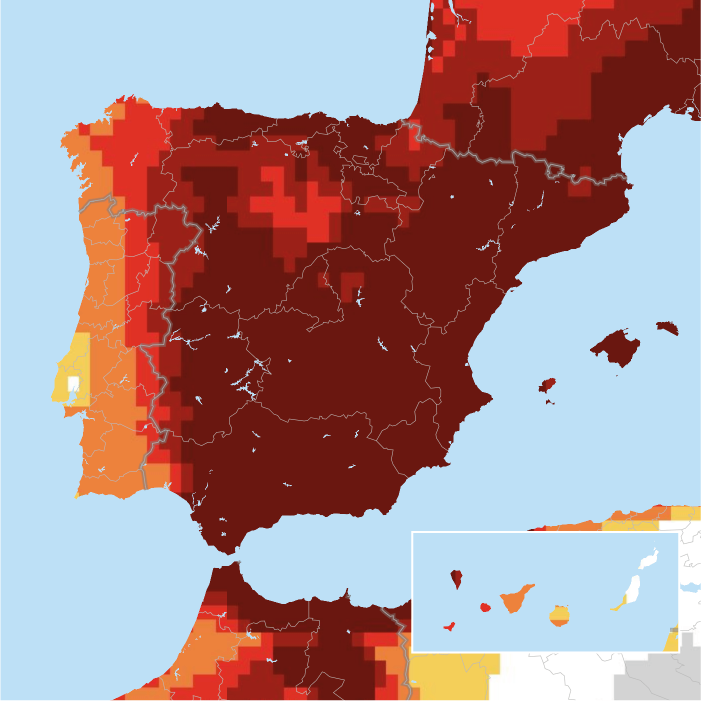
Saturday 21 June
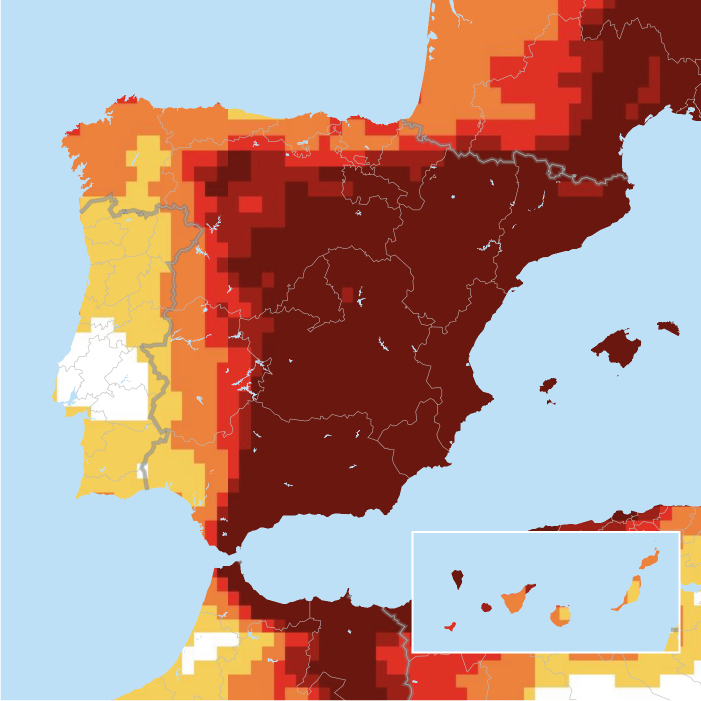
Sunday 22 June

Zachary Labe, environmental scientist for Climate Central, explained that "with every summer, the probability of dangerous and prolonged heatwaves increases". He added, "events like these pose severe risks for public health, ecosystems, food systems and the safety and reliability of infrastructure".
The global increase in temperatures due to human-caused climate change, together with the recurring heatwaves and prolonged droughts are factors which increase the likelihood of intense, quick-spreading and uncontrollable fires. Information from the Science Media Centre Spain indicates an upsurge of mega-fires - like the one at the beginning of June in Lleida, causing two deaths.
The following week saw the start of the first heatwave of the summer, the earliest since 2022.
Monday 23 June

Tuesday 24 June
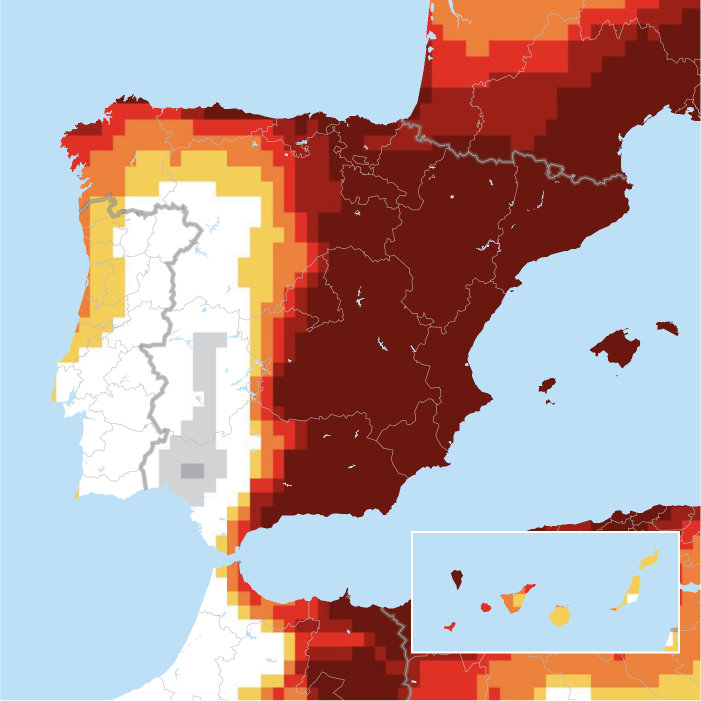
Wednesday 25 June
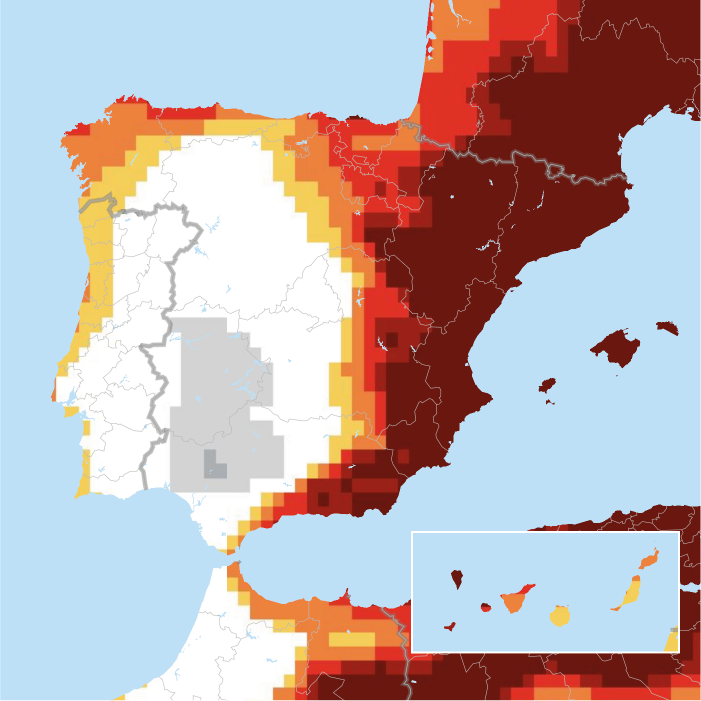
Thursday 26 June
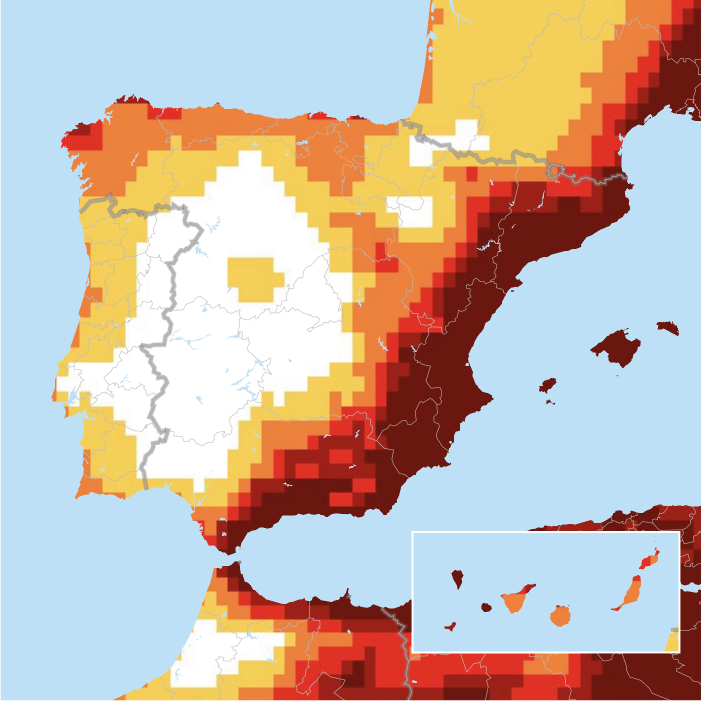
Friday 27 June
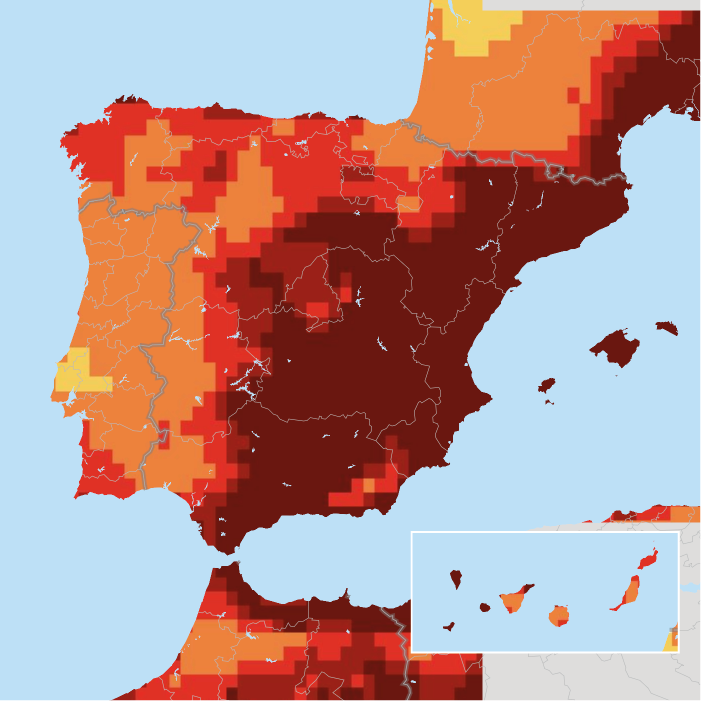
Saturday 28 June
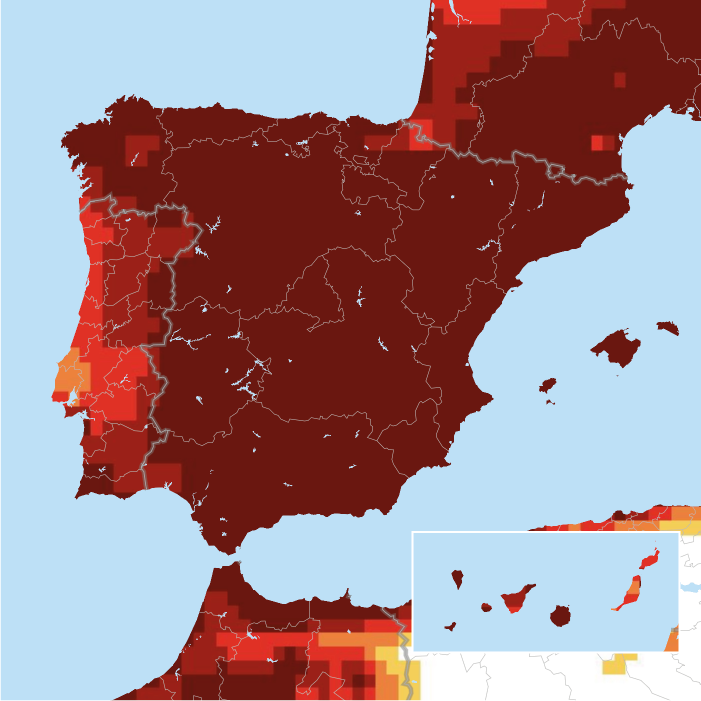
Sunday 29 June

Across almost the entire country, the heat on 28 June exceeded normal figures with extreme probability that climate change was the cause.
The Cantabrian coast registered the most extreme variation from normal temperatures on 28 June. In Oviedo the average temperature was 40% higher than normal - at 26.6 degrees. However, looking at the entire month: it was the east that experienced the worst overall figures. In cities like Alicante and Cartagena, the CSI hit level five for 28 of June's 30 days.
From this data, it's clear that this June was the hottest since records began in 1961. In fact the Mediterranean sea reached 26.1 degrees, according to Aemet - two degrees above the average for the month. This figure is usually seen "at the beginning of August", not two months earlier.
Monday 30 June

Tuesday 1 July
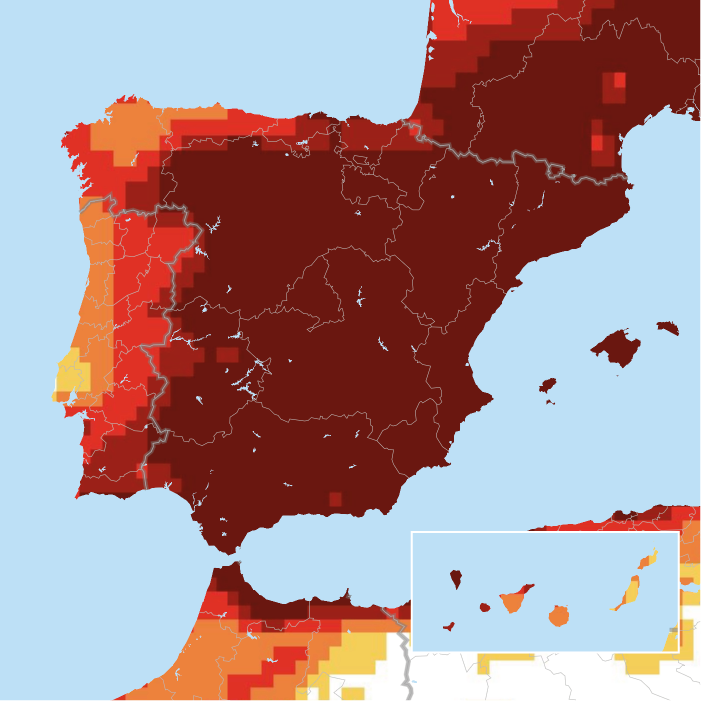
Wednesday 2 July
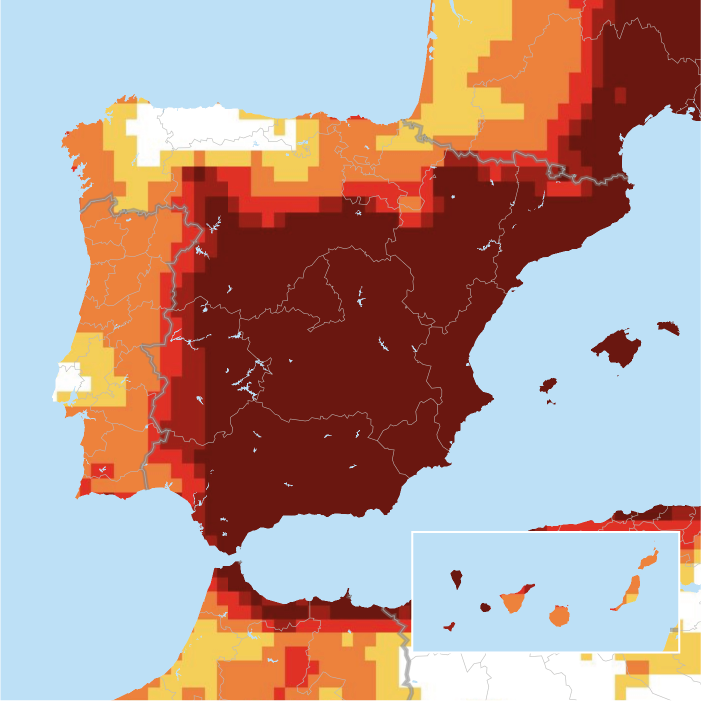
Thursday 3 July
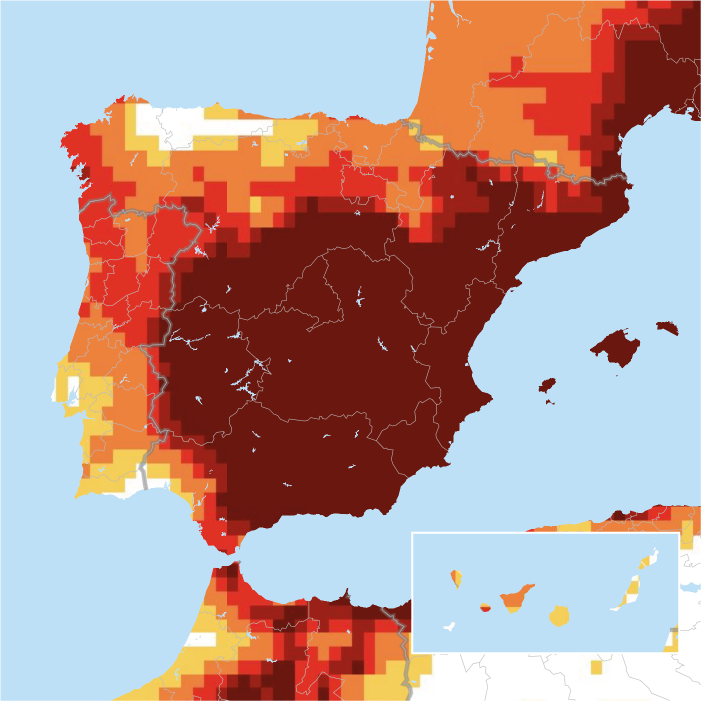
Friday 4 July
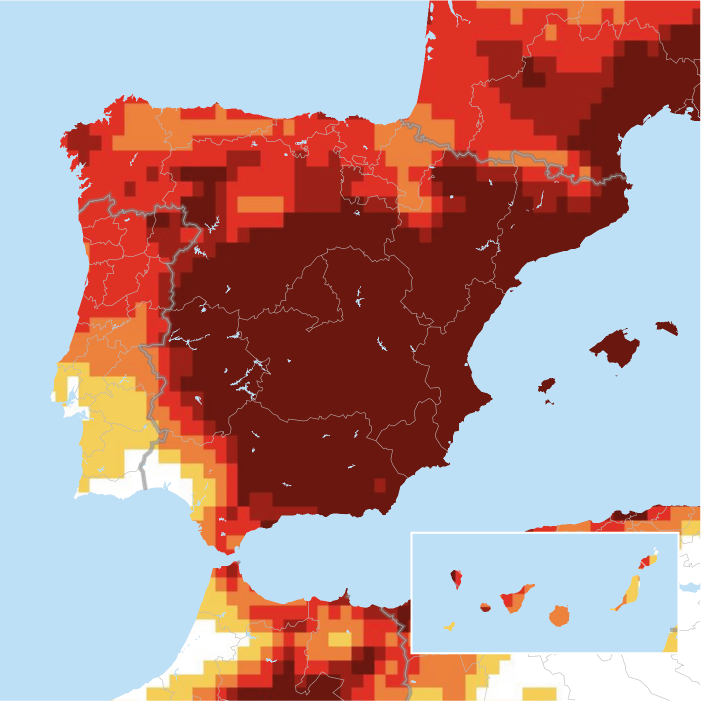
Saturday 5 July
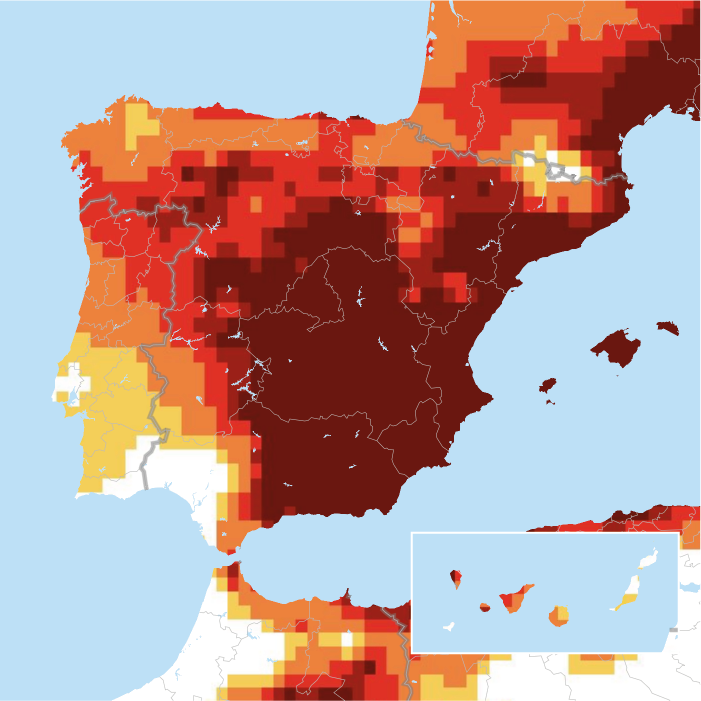
Sunday 6 July
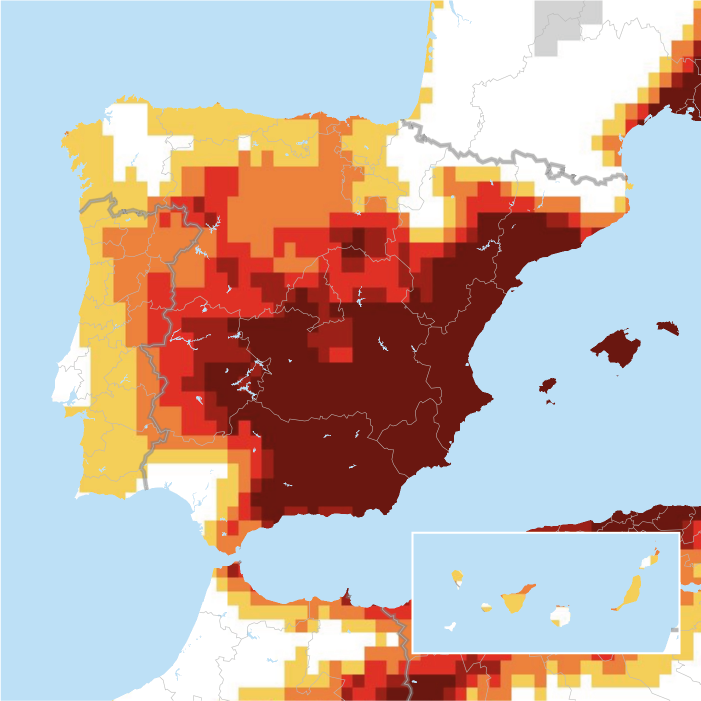
Attention has now turned to later in July, with the following forecast from Climate Central:
Monday 7 July
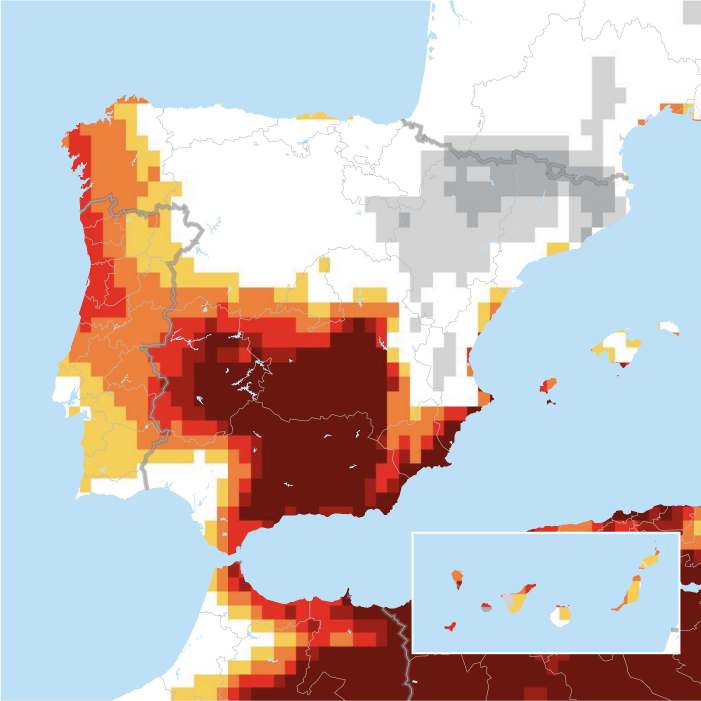
Tuesday 8 July
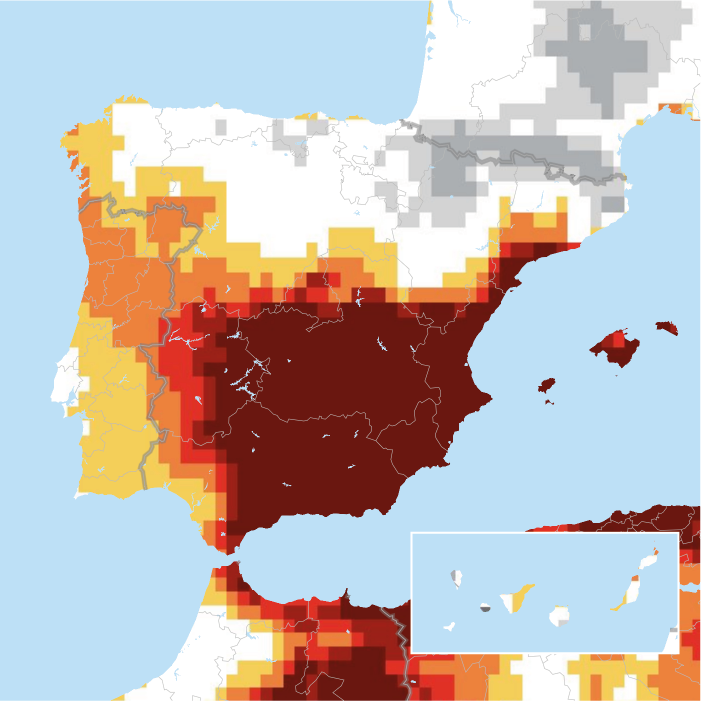
Wednesday 9 July
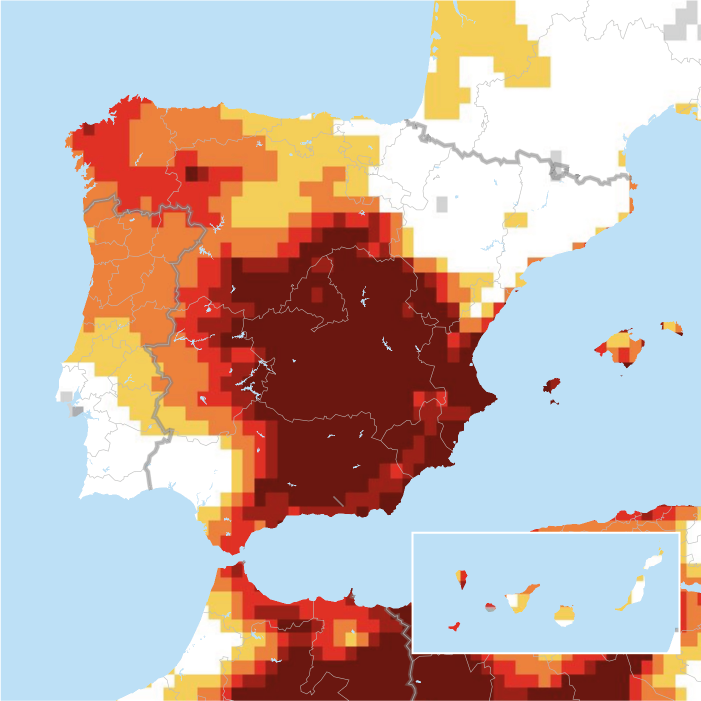
Thursday 10 July
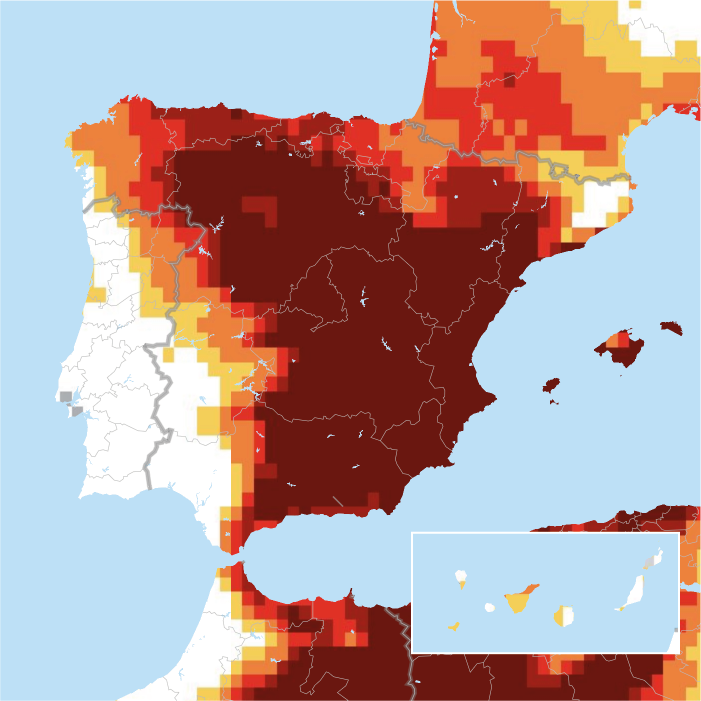
Friday 11 July
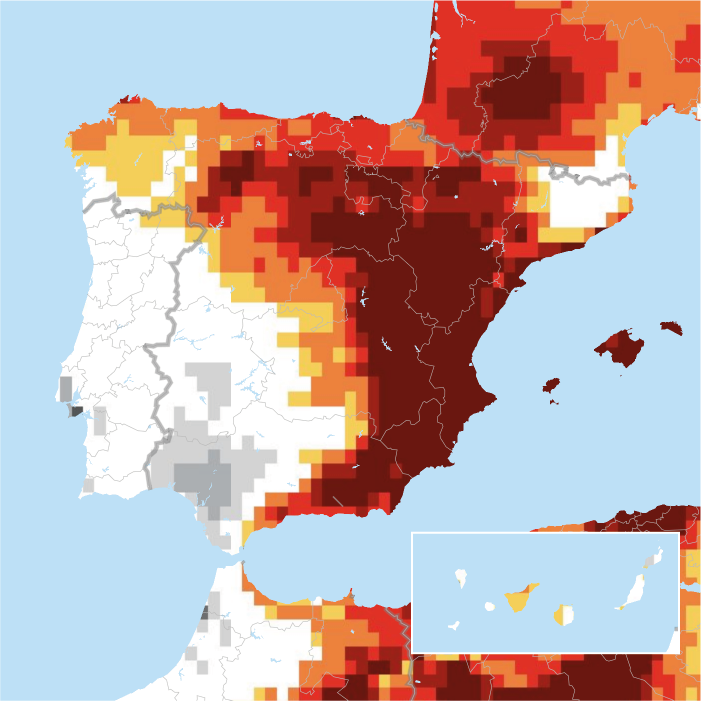
According to the forecast, today (10 July) will be another day where the probability of climate change-induced abnormal heat is (again) at a level five in over half the country.
This data can be accessed three days in advance on the Climate Shift Index website.



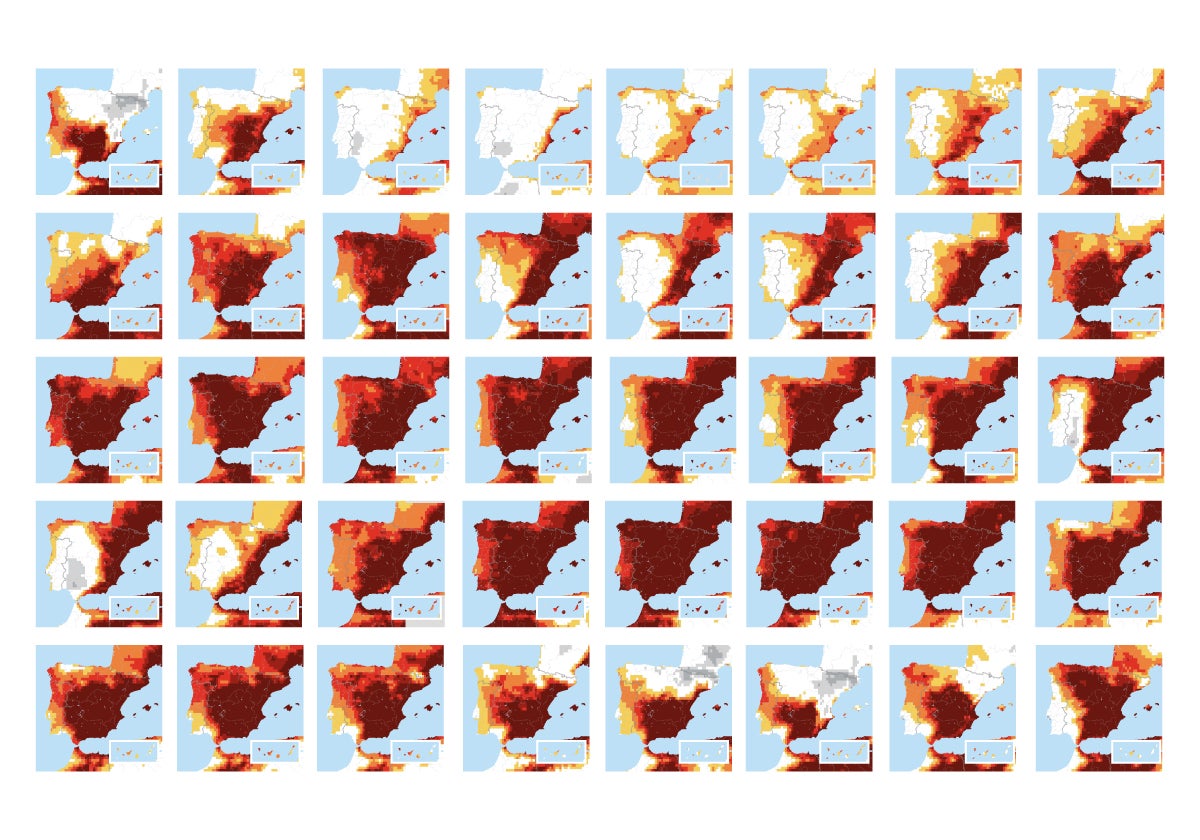

Comentar es una ventaja exclusiva para registrados
¿Ya eres registrado?
Inicia sesiónNecesitas ser suscriptor para poder votar.